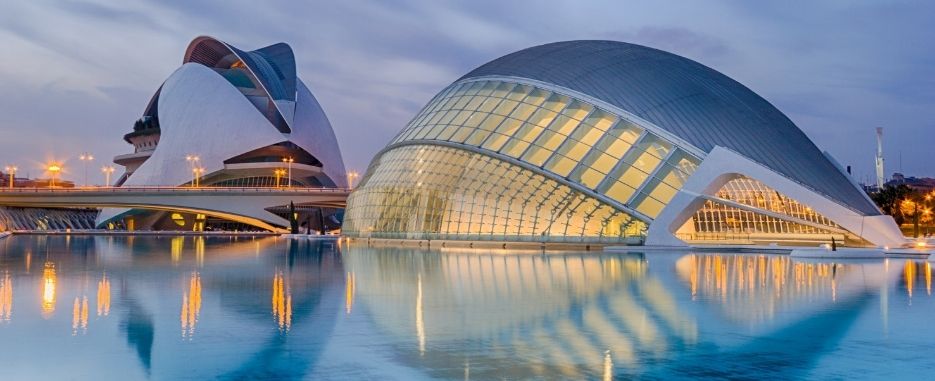If Valencia is popular for something (besides paella) it is for the Fallas. However, not many people really know what they are and what they consist of. Today, we tell you everything you need to know about the Fallas de Valencia.
What are the Fallas de València?
The Fallas de Valencia are the most important festivals in this city, and are celebrated in honor of Sant Josep, the patron saint of the city. In other towns of the Valencian Community, such as Alzira or Torrent, it is also celebrated.
It is a very important festivity for all Valencians. In fact, there is a record of more than 120,000 falleros and falleras, so imagine the number of people involved if, in addition, we count friends, family, musicians, technicians.
But the Fallas are not celebrated on a specific day. Well, yes, but it is prepared throughout the year. You will see: In the Fallas, what are known as “ninots” are burned, and these ninots are prepared throughout the year.
The ninots often satirize current situations, social behavior, political realities… They are a kind of figures who criticize society. And, later, these figures are burned, as if it were a large mandala.
To give you an idea, 700 ninots are burned in the capital of Valencia alone, so you can imagine the night of fire we are talking about. Although one is always saved, which is the winner of the Fallas.
It goes without saying that this is one of the main events in Valencia and that thousands of tourists come every year to see how the Fallas burn. And, in case you don’t know, it’s an event that starts on March 15 and ends on the 19th of the same month.

What is done at the Fallas festival?
Las Fallas are festivals that have different stages and in each of them something different is done. Let’s see which are the most important days and what is done on each of them:
- Last Sunday of February: the last Sunday of February takes place what is known as the Crida. This is the first act of the Fallas. The one who kicks off the festivities. It starts at half past seven in the morning, when firecrackers are set off to wake up the neighborhood in what is known as La Despertà. Then, at two o’clock in the afternoon, the Mascletà takes place, one of the most emblematic moments of the festivities, where pyrotechnic material is used to achieve as much noise as possible. And, later, at eight in the afternoon, the Crida takes place, which is a speech by the mayor and the Fallera Mayor.
- March 15: on March 15 the Plantà takes place, which consists of the placement of the different ninots in the streets and squares of the city. In theory, according to tradition, they should be planted overnight. However, currently, the ninots have a level of complexity such that they begin to be planted a week before.
- March 17: On March 17, a Floral Offering is held in which almost all the falleros participate. On this day, everyone parades wearing the regional costumes and leaves offerings to the Virgen de los Desamparados. It is a very colorful day with lots of music.
- March 18: on March 18 the Nit del Foc takes place (or what is the same, the night of the fire). It is the main event of fireworks displays, although the truth is that this type of pyrotechnic show can be seen every night (this is simply the biggest of all). It usually lasts half an hour and is impressive.
- March 19: Finally, on March 19, the Cremà takes place, which is the final act of the Fallas. On this day the ninots are burned throughout the day. Except for those who are saved, of course, who are pardoned by popular vote.
Where to see the pardoned ninots?
The pardoned ninots are kept in the Ninot Exhibition, which is located in the Fallas Museum of Valencia, an excellent place to delve into everything that we have explained throughout this article and learn much more.
If you go to the city with a little more time, it may be a good idea to stop by before or after the Fallas to fully understand the importance of these festivals.
As you can see, the Fallas de Valencia are a traditional festival and part of the Valencian culture, so it deserves the utmost respect and anyone who comes to Valencia should be interested in learning a little more about it.
If you found it interesting, you may be interested in reading about:




